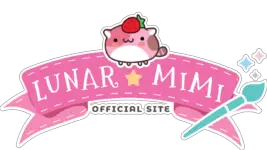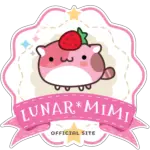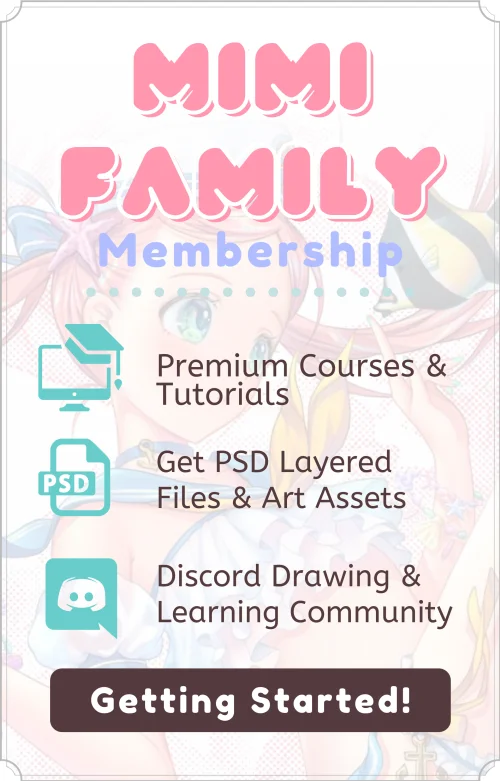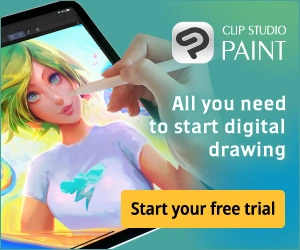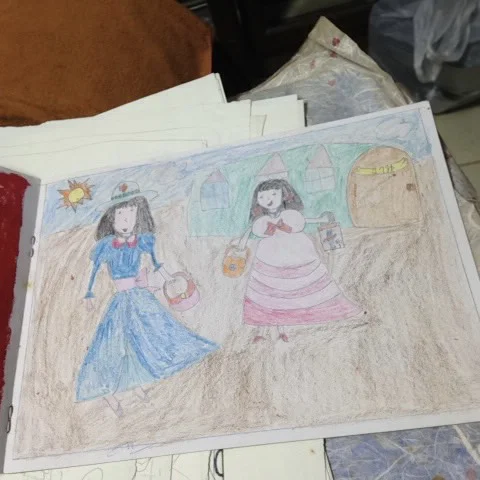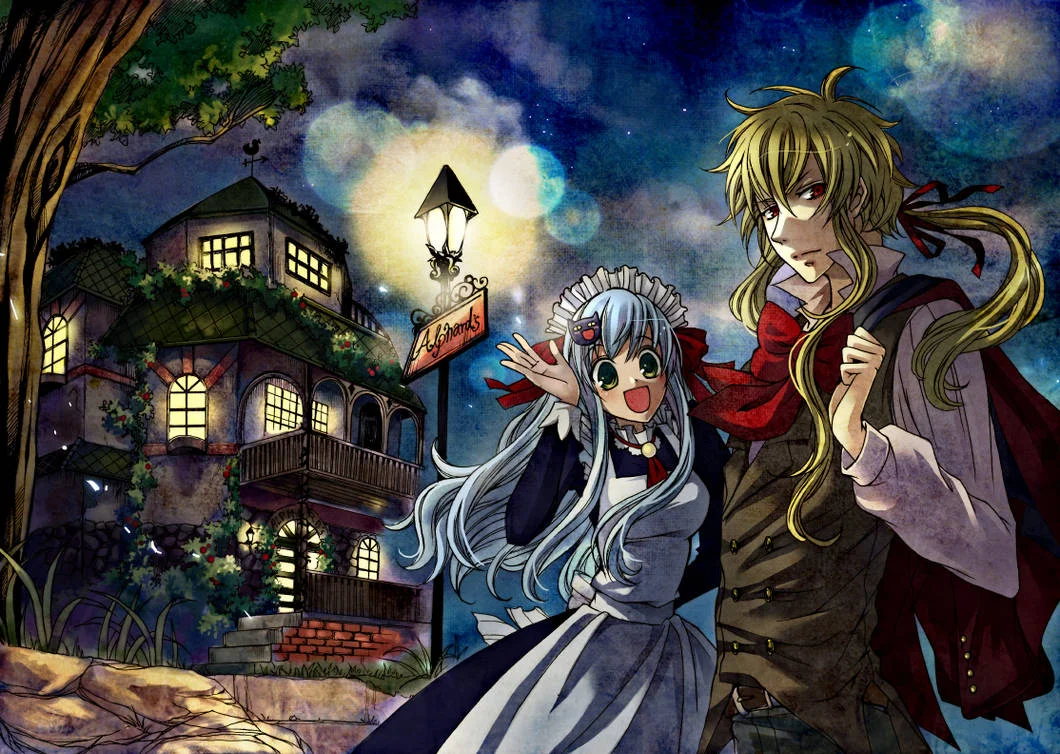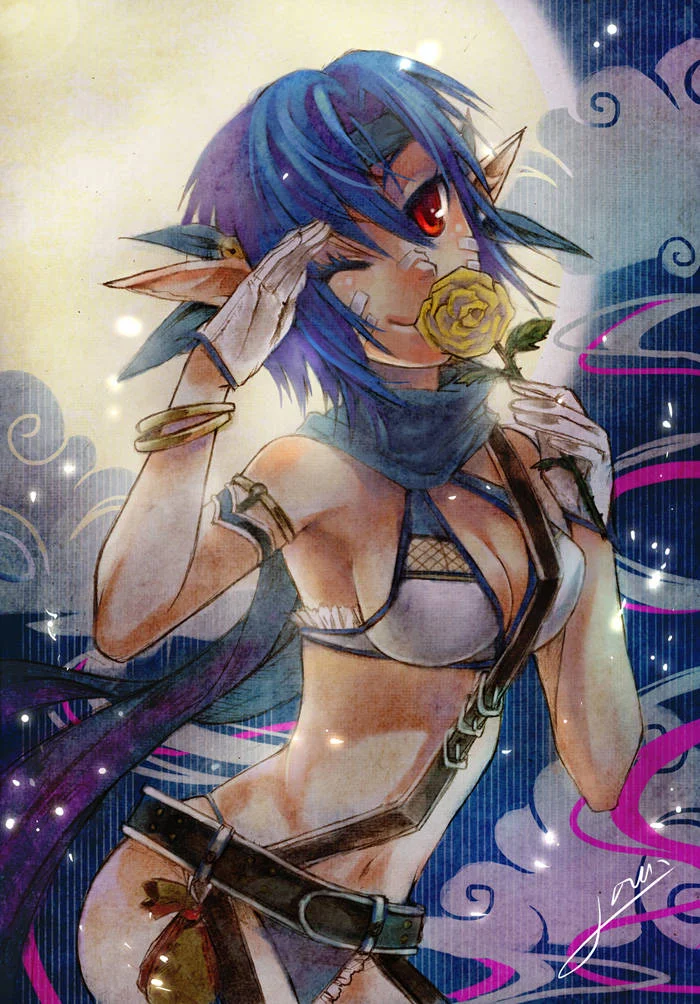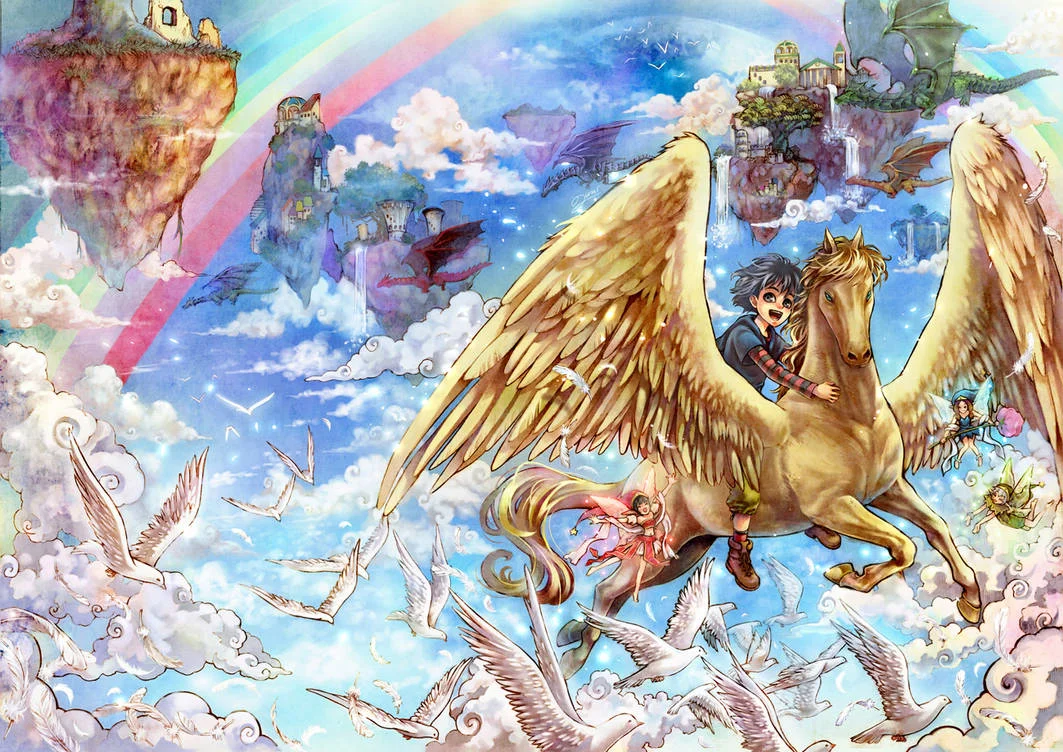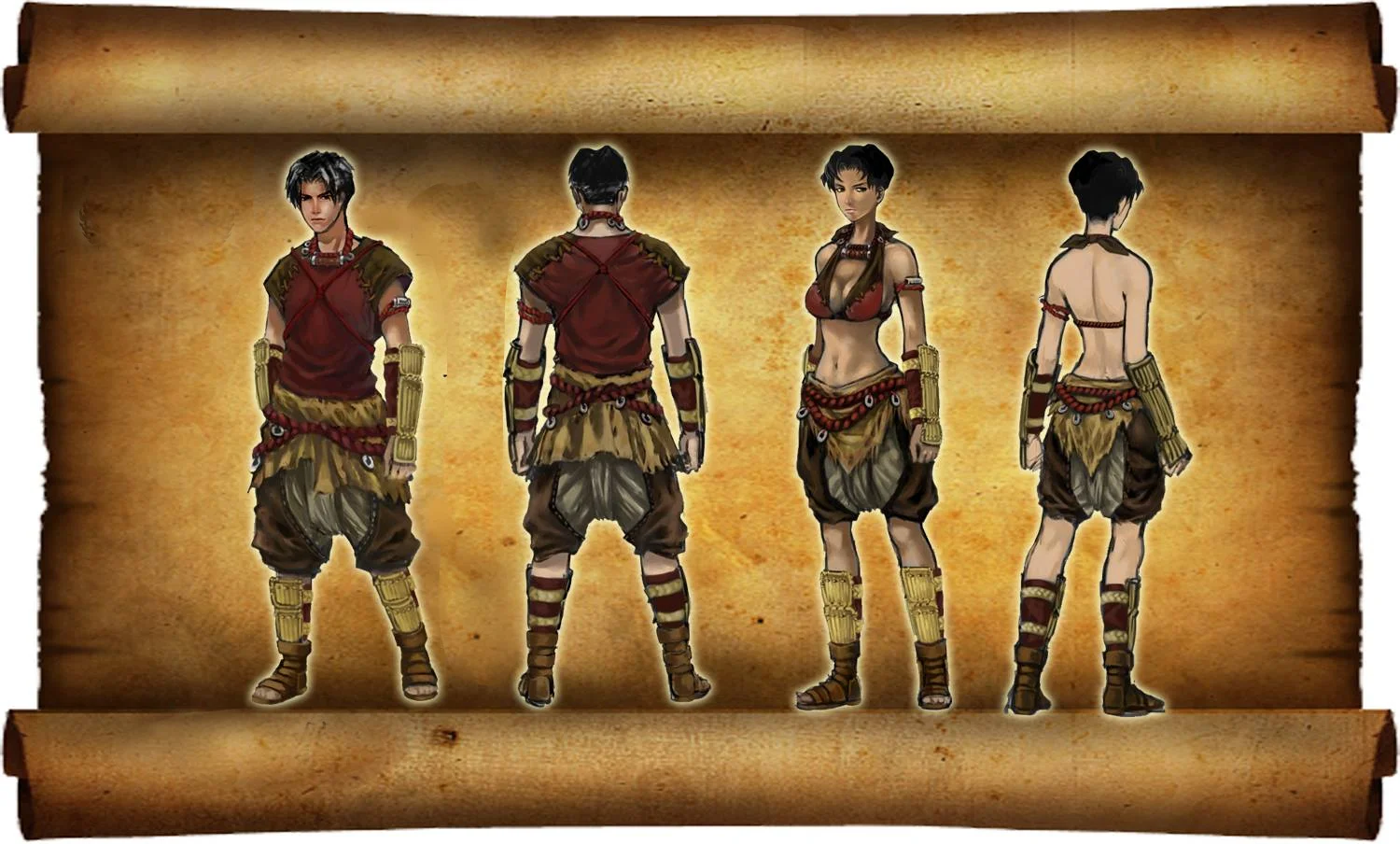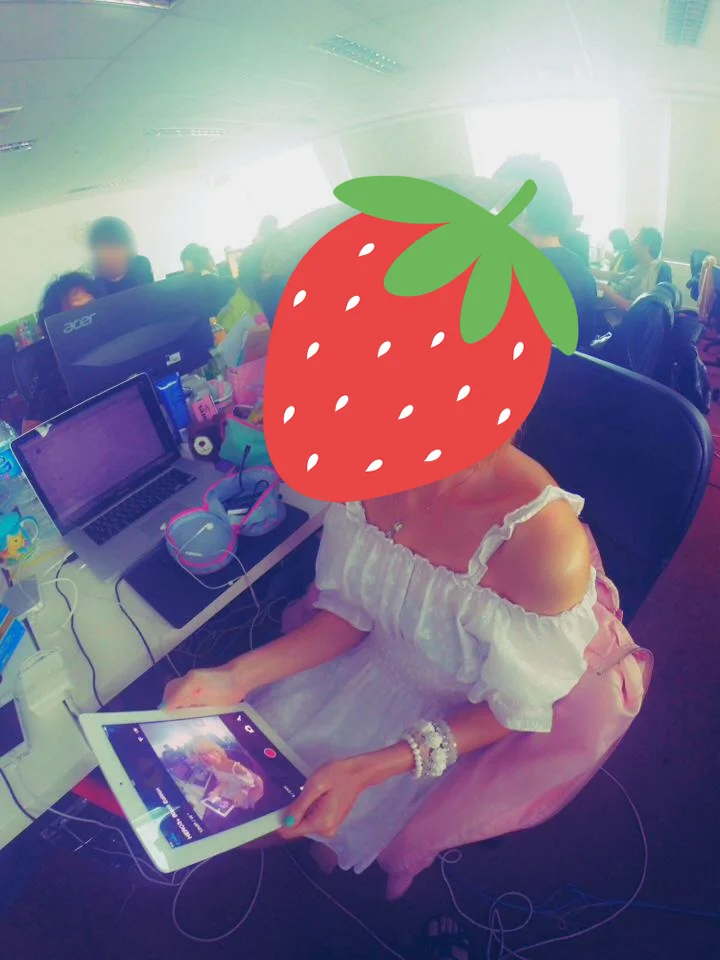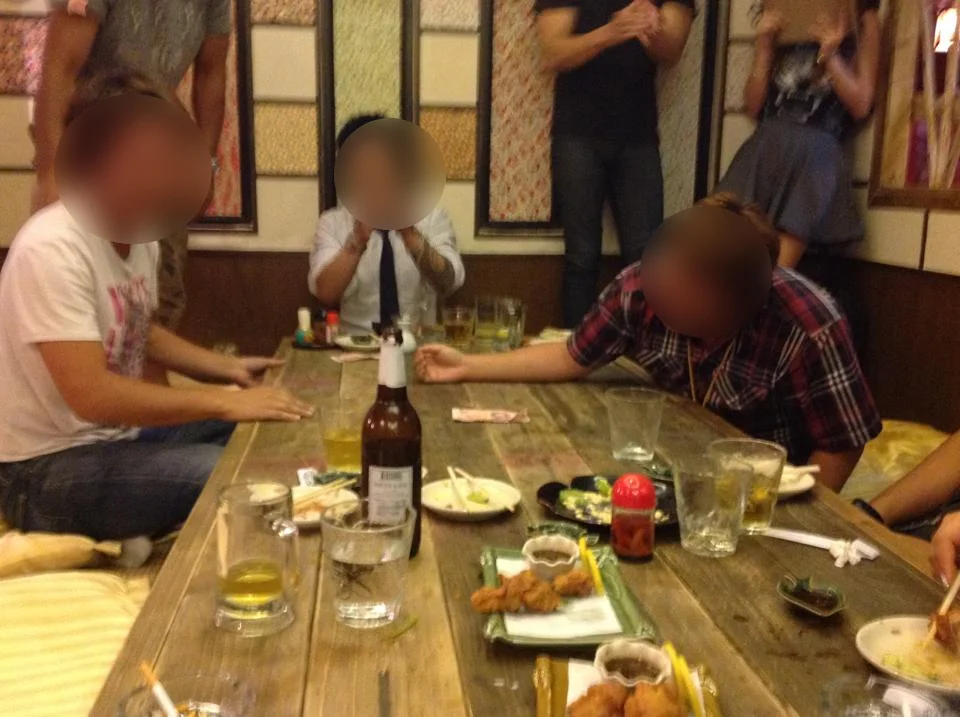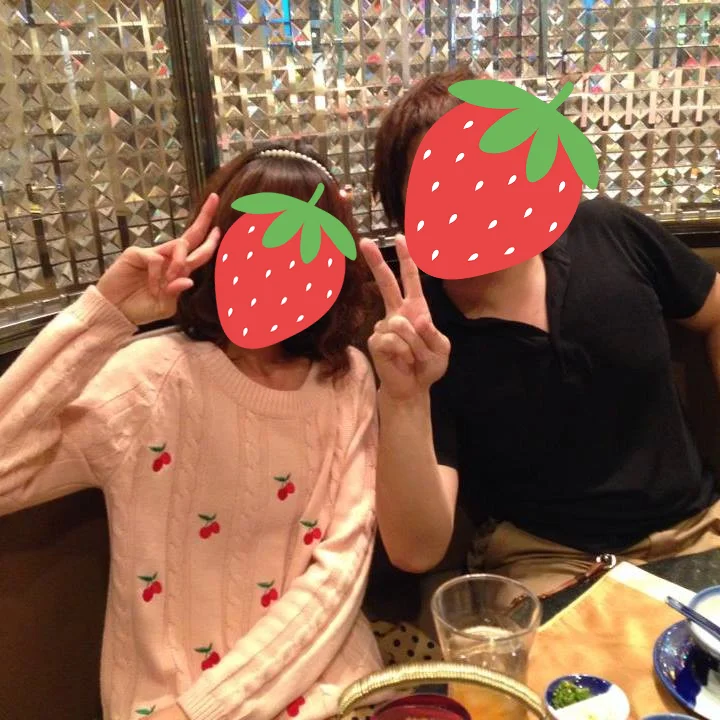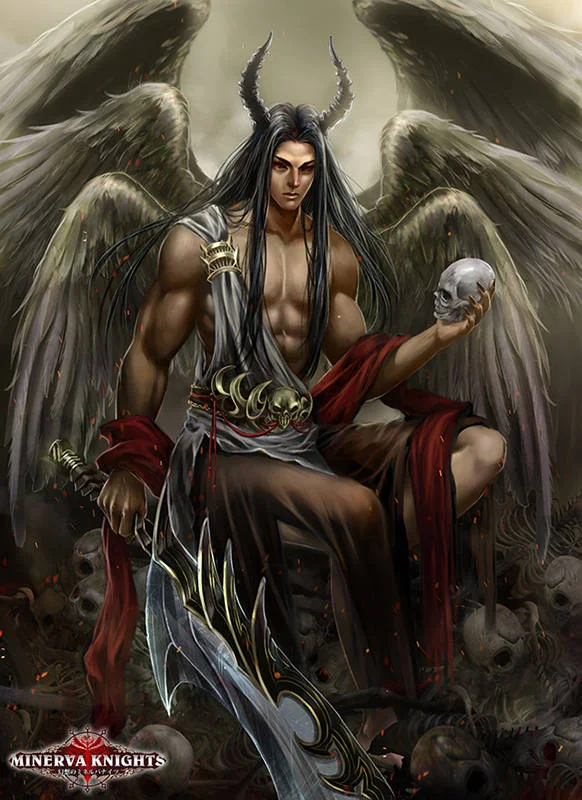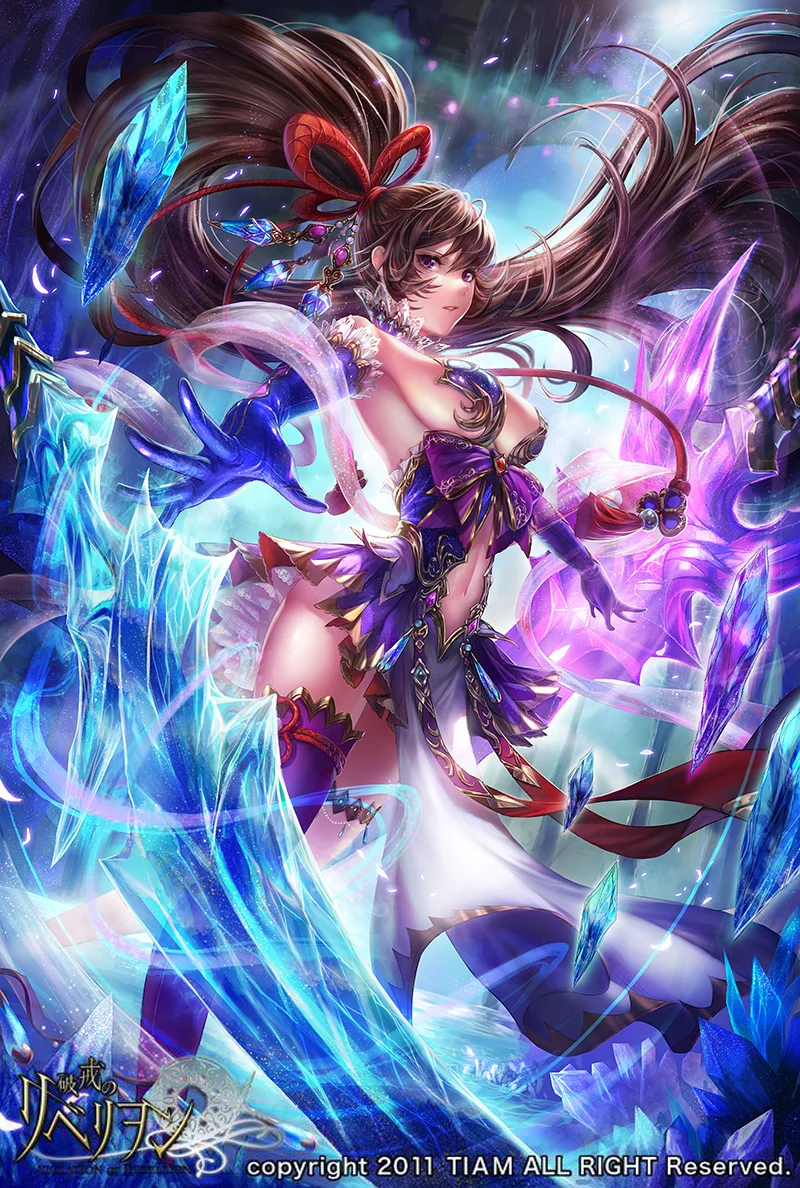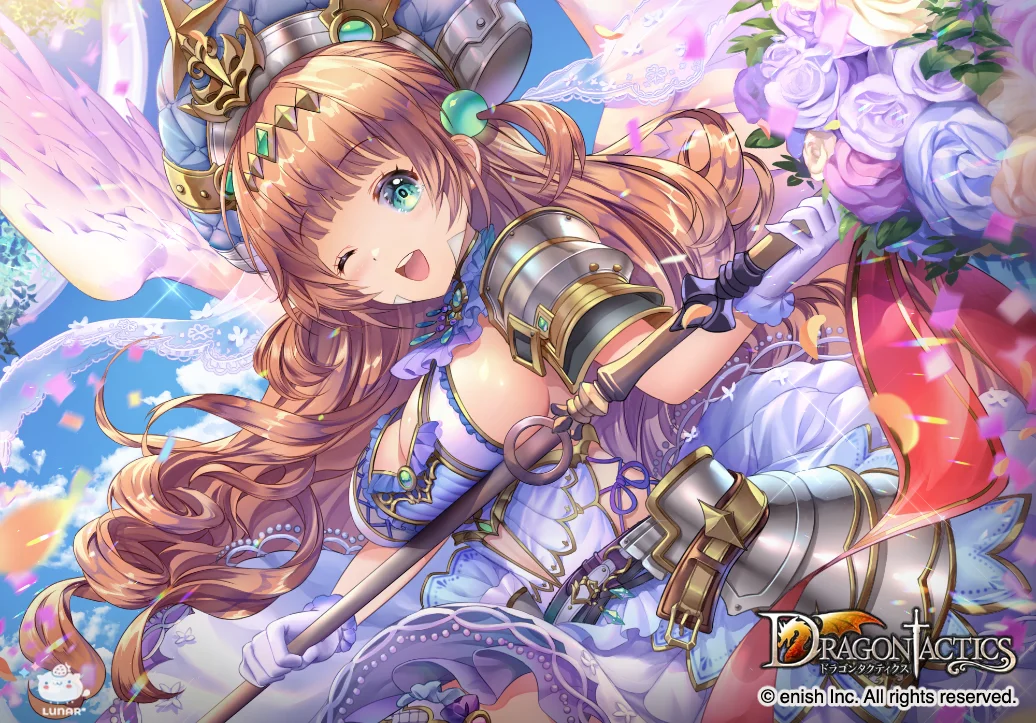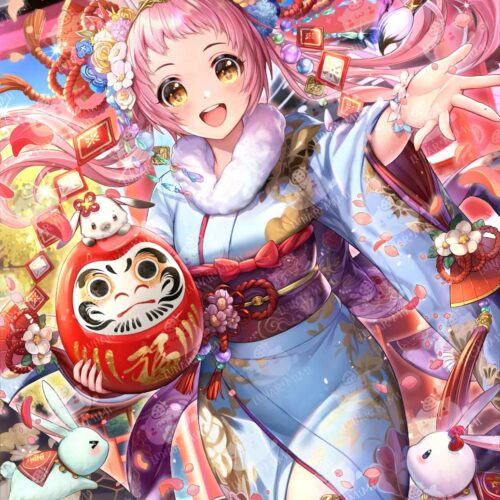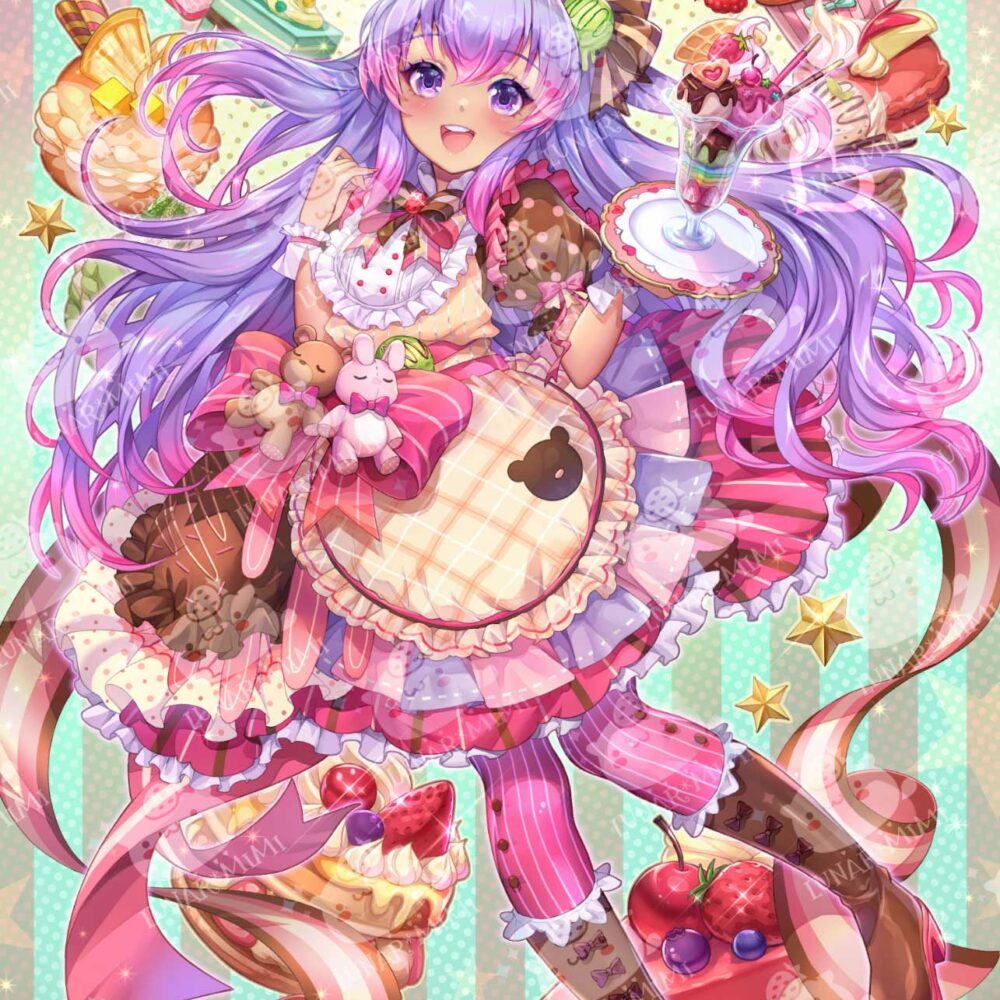Ever wondered how a simple pencil sketch can turn into a full time art career?
You're in luck! Join me today for a quick trip through my own journey, from daydreaming kid to studio artist and now a freelancer.
It's not just my story—I've got insights and tips that could be game-changing for you. By the end, you'll have some great takeaways to fuel your artistic journey.
Let's dive in!

The Humble Beginnings
Growing up, my home life was a bit rocky, with parents who couldn't stop fighting.
During this period, my solace came from an immersive world of Japanese anime, games, and novels.
I also love to read manga a lots when I was a child. These mediums served not merely as escapism, but as influential friends that fostered both inspiration and comfort.
My Dream of Becoming a Mangaka Didn't Go as Planned
At that time, I was hooked on classic manga like ‘Card Captor Sakura', ‘ xxxHolic’, ‘Inuyasha,' and other 90s gems.
I was enchanted by the magical worlds these comic artists, known as mangakas, created. So, I decided I wanted to be just like them!
I spent every school break sketching like there was no tomorrow and even put together my own manga stories.
I was so eager, I sent them to local manga magazines, hoping for a shot at the big time. But guess what? No dice.
I didn't make it but that's not where the story ends!
Even though I never got that manga artist badge, those events paved the way for something equally amazing—my love for anime art illustration.
🗝️ Key Takeaway: I don't believe in “failure”. Even if you do not achieve your goal, you have not failed. There are a lot of lessons to be learned from those journeys, and sometimes the road gets you to a better place.

The Digital Canvas
Even though I stopped drawing comics, my imagination was still bursting with ideas I wanted to share. Drawing illustrations in anime style became the perfect way for me to express myself without feeling like I'd given up on manga.
It was also around the time that the world of art was making its grand transition from traditional to digital, and I wanted in!
My First Digital Stroke
My first foray into digital art was, let's just say…… “creative.” 🥹 I used a scanner to get my line art onto my computer and tackled coloring with a trackball mouse!
Yeah, it was a struggle, …a real struggle…. but every click and drag was a step towards something amazing.
My Influences
I was deeply inspired by Japanese artists and local digital artists who were exploring this new frontier. To get better, I invested in art tutorial books, focusing on mastering Photoshop and the basics of digital painting.
My Challenges
The early days were rough. There were hardly any resources, and experts were rare as a shiny Pokémon
My local community wasn't really into digital art; it was still pretty niche. Even my local university didn't offer a digital art class.
Back then, I really wanted someone to talk to about art and get some tips from. That's why I now believe having a supportive art community is super important.
🗝️ Key Takeaway: Every artist has to start somewhere. Don't knock the small beginnings! I started with simple stuff too and got better over time.

The First Art Commission
As I neared the end of my university journey, my perspective on art began to evolve. It transformed from a beloved hobby into a potential career path.
Motivated by this shift, I formulated a new plan: to elevate my art skills to a level that could sustain me financially.
During this period, I also ventured into the world of art commissions through DeviantArt. Though inexperienced in marketing and branding, my art attracted my first batch of clients.
Below is one of the very first commissioned works I did for the novel cover around 2011.
While this was an exciting milestone, the earnings weren't sufficient to make a living.
🗝️ Key Takeaway: Balancing passion and reality is crucial in the art world. While I started drawing out of love and passion, the reality of financial needs couldn't be ignored.

The First Corporate Work
I majored in a field unrelated to digital art, but my free time in university was all about honing my art skills, crafting a portfolio, and building a website.
This effort landed me a concept artist job at a local game company after graduation. Although my portfolio wasn't flawless, it showcased my development and dedication, earning me my first salaried art position.
Here's the portfolio website I created a while ago. It's what got me my first job at the initial company in 2012.
In this corporate role, I gained invaluable experience in teamwork and the process of game production.
Below is one of my concept art work I did for the company.
The game the company was working on had super cool, realistic Western art style. While it was intriguing, something felt missing. I soon realized that concept art wasn't my true calling; my heart was in anime-style illustrations.
After a year and a half with the first company, I transitioned to another local art studio led by a Japanese CEO, using my previous work as a launching pad for my portfolio
The second company is where my life took an interesting turn.
🗝️ Key Takeaway: Always listen to your inner voice when you feel something's missing; it could guide you to your true passion.

The Turning Point
The real turning point in my career was my time at the second company, an art studio providing outsourcing for Japanese game companies.
This was during a boom in Japan's mobile game market, and despite being a new studio, we landed fascinating projects.
I worked in an office right in the city center and made lots of artist friends there! Below is a photo I took at the studio to give you a feel for the vibe when I was working at the company.
Our Japanese CEO instilled a Japanese company culture such as “nomikai” (afterwork parties.) Below it was our CEO playing arm wrestling with the manager when we had nomikai.
We also have a tradition to say “otsukaresama” to the CEO before leaving each day.
Our work ranged from character and card illustrations to promotional art and game assets, all in a Japanese style.
We always had an art training from Japanese art directors. Below is the photo I took with him when we had a company party.
I learned invaluable techniques there—using 3D models, matte painting, using layer mode when painting, transitioning my illustration from black and white shading to color, and so much more!!
This experience deeply shaped my work process, something I'll definitely share in our future weekly email newsletter for your benefit. 💖
Another game-changer in my art career from working at this studio was discovering Clip Studio Paint, a Japanese painting software. It was my coworker who introduced this software to me!
Though I had been a longtime Photoshop user, my entire art process became incredibly smooth after making the switch. Clip Studio Paint has tons of art assets in the asset store to help me work a lot more faster and better.
My Japanese art director even recommended me to use 3D models to help with the sketch, urging both me and my coworkers to use it to elevate the quality of our work.
The picture below is a piece I created for the studio. It was my first time using 3D models in a software called Poser to create a foundation for drawing a male character and a skull.
The company also gave me precious connections and friendships that significantly boosted my career. However, it wasn't all roses. The demanding workload led to frequent overtime and weekend work.
After about two years, the company hit financial troubles, underwent ownership changes, and many colleagues were laid off. This prompted me to strike out on my own, setting the stage for my next chapter as a freelance artist.
🗝️ Key Takeaway: The right company, the right connection and the right tool can be a game-changer! For me, having a chance to work for the Japanese art studio and discovering Clip Studio Paint took my anime art to a whole new level.

The Start of My Freelance Artist Career
After leaving my second company, I didn't start my freelance artist career from scratch.
Instead, I leveraged my existing connections within the anime art field and Japanese game production. I used all of the art skills I’ve acquired along the way from working for two companies for almost 3–4 years.
Initially, I landed a freelance job with the same studio I had just left. While working on that project, an ex-coworker approached me about the opportunity to work remotely for a Japanese art agency.
I then created the new illustration using all of the skills I learned when I was working in the company then submitted the illustration for the portfolio, and I was accepted for the role.
Here's the illustration I was talking about. While it's not perfect, this artwork actually got me my first freelance artist job from that point on.
Since then, I've had consistent monthly work from a Japanese game company through this agency.
This lesson taught me that launching a freelance career doesn't necessarily mean starting from scratch. You can leverage your skills through time and use the networking to establish a solid foundation!
The path to achieving my art-related dreams involves a blend of skill, opportunity, and networking. Continually sharpen my skills so I’m prepared when chances come my way and keep company with those who share similar goals and are supportive.
🗝️ Key Takeaway: In addition to your technical abilities, strong networking connections can be a pivotal factor in achieving success across any career trajectory.

Conclusion: Today & Tomorrow ✨
We've now reached the point where I am today. Wow, it's been a long story, and I was worried I might lose you along the way! But these are the real-life experiences I've gained from working in this field for over a decade.
You can see how all of these experiences have shaped me, my mindset, and my work style. It's not something you can achieve in just a few days or months.
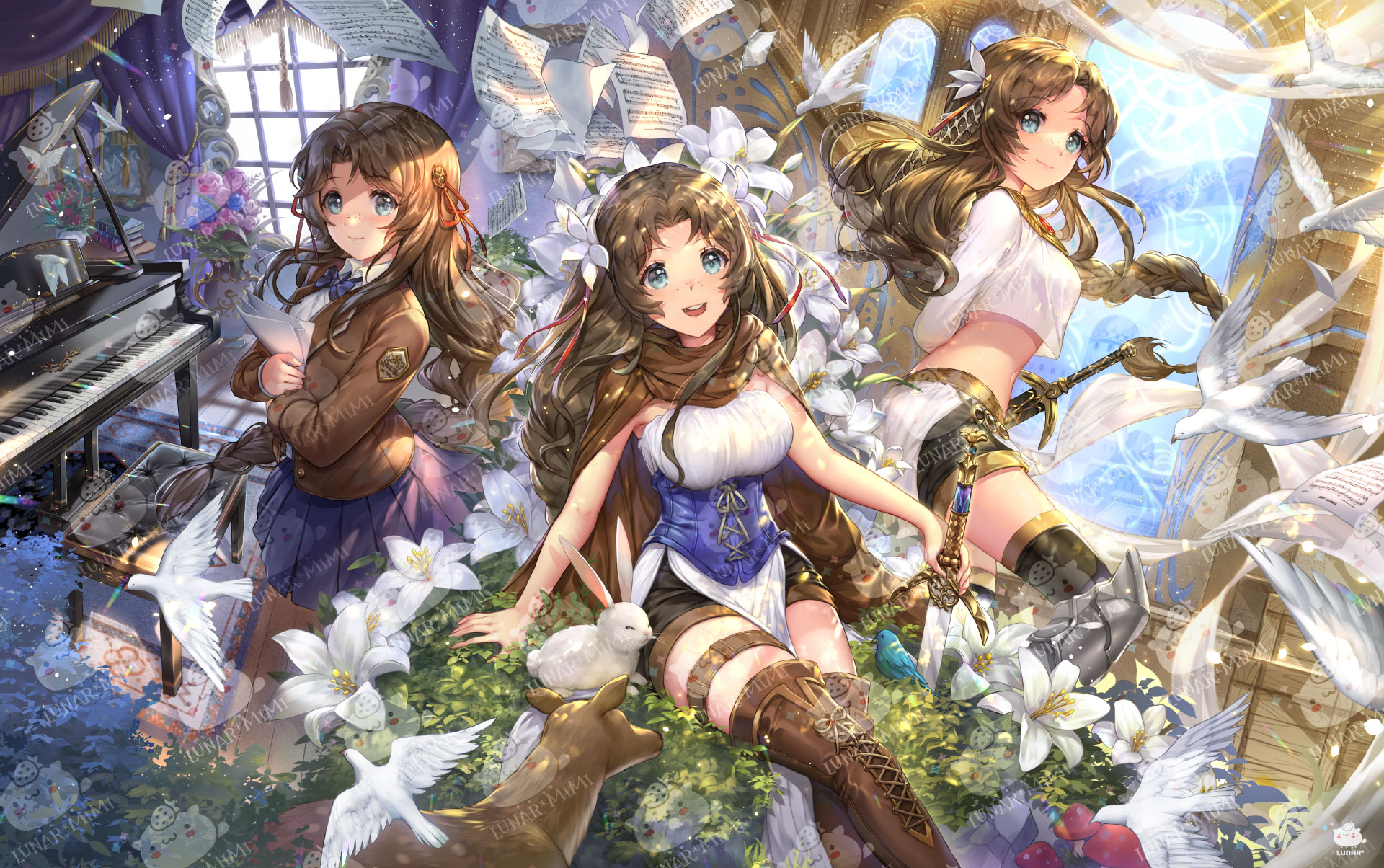
There's much more to my artistic journey I can't wait to share with you. I'm currently focusing on elevating my art into a business and helping new artists overcome challenges.
I laid the foundation a year ago with my brand and a comprehensive course (in progress) and community for beginners.
Still on my journey, I warmly invite you to join me. If you're new to art, welcome aboard! 💖

FAQs
I graduated from the Journalism and Mass Communication Faculty, which isn't related to art. But I'm a self-taught artist.
From my experience, you can learn art on your own. You need to find the right online courses and practice to build your portfolio.
Everyone's journey is different, so be confident!
Most of my former coworkers graduated from art college or related faculties. They have strong connections and networks, which can help find jobs. But you can also network on your own by training at an art studio.
So inconclusion, art colleges and universities can help with networking and connections.
Yes, it's possible but you need to put your effort into research, planning, practicing, and networking.
A degree is useless if your portfolio is of low quality and you don't have a strong network.
However, I don't mean to say that degrees don't matter. At the end of the day, I encourage you to consider the perspective of company CEOs or clients. When hiring, they seek individuals who can work efficiently.
Your portfolio and trainee history are the only proofs you can use to demonstrate your ability to work for them.
I'm a native Thai. The Japanese studio I worked for was owned by a Japanese CEO, but they set up studio in Thailand.
So, my situation was quite unique because I was like an expat in my own country.
In the company, we had a translator and some people who could talk and translate documents and conversations from Thai to Japanese. Therefore, I didn't need to speak Japanese at all.
I found this company on a job hunting website and simply submitted my portfolio when they were searching for new employees.
They contacted me for a job interview, we agreed on the salary, and then I began working for them. It was really straightforward.
It's a bit challenging to find this position. Typically, most Japanese studios require fluency in Japanese and rarely accept foreigners. So, it's worth noting that the studio I worked for is a bit different.
Finally, if you like art tips and content like this, feel free to subscribe to my weekly newsletter: !
I share my anime art tips and experiences in my digital art career in a weekly email. You'll get the insight and behind the scene of the art career! Really recommend if you're a beginner anime style artist.
Thank you so much for reading this post! I really appreciate your visiting and using your valuable time reading my content!
Much Love 💖
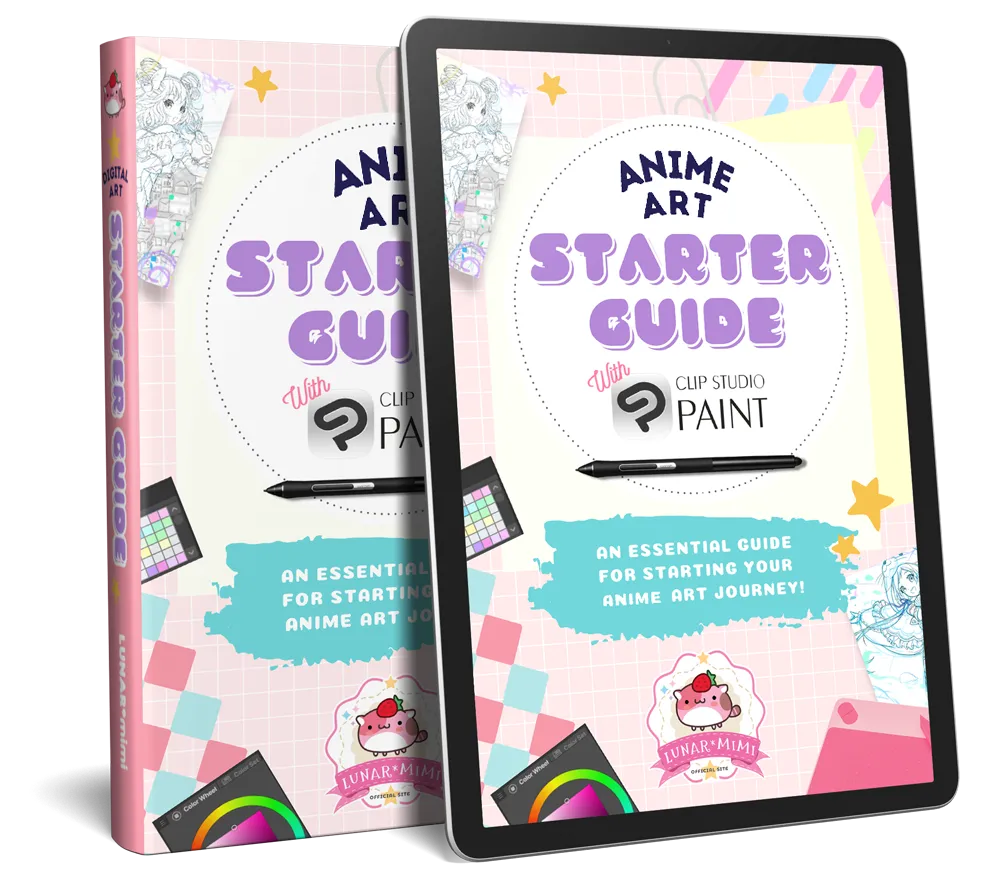
Want to know how to start your anime art journey?
Download my ANIME ART STARTER GUIDE and start your artistic path right away for FREE!
